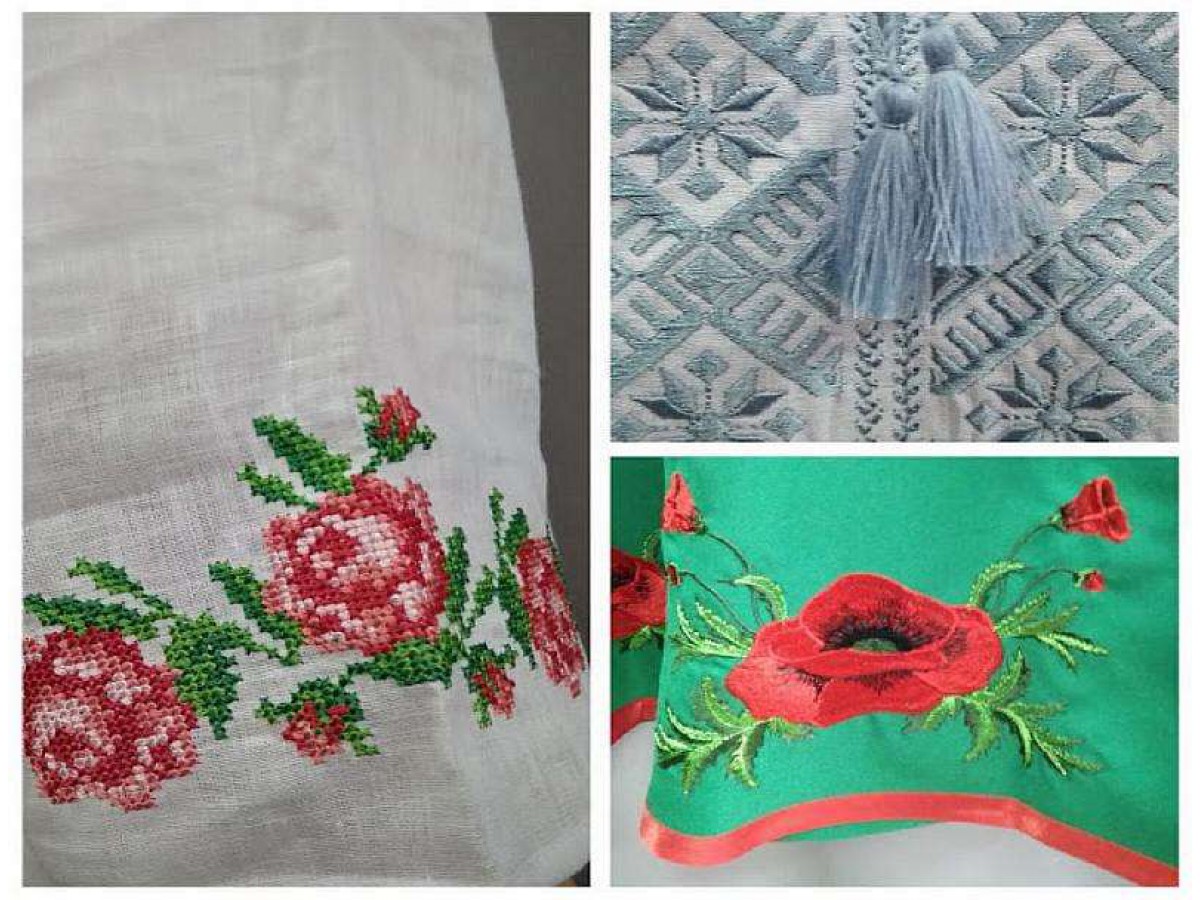Ethnic style is one of the most multifaceted, colorful and noticeable. For many, ethno is not just a fashion trend, but a way to express oneself and one's worldview, to feel the culture of another people, or to emphasize love for one's own. Romantic and luxurious ethnic motifs regularly appear in the collections of Ukrainian and foreign designers.
It is difficult to imagine a more light, colorful and original style than ethnic. Such clothes reflect the centuries-old culture and traditions of various peoples. Any clothing using national clothing or motifs is already considered ethnic.
Before proudly ascending to the fashion Olympus, ethnic style was born in the environment of hippies, who imitated the peoples of the Ancient East, Moroccans, American Indians, gypsies. In their images, they used a huge number of bright accessories made of natural materials and clothes with colorful patterns. Indian moccasins, Mexican ponchos, Moroccan tunics, floral gypsy skirts, beaded accessories together created a bright, free and unusual image that was not only comfortable, but also reflected the worldview of the subculture representatives. In turn, world-renowned fashion designers drew inspiration from street style innovations. Yves Saint Laurent was one of the first to turn to ethnic style. The fashion designer's collection caused serious criticism from high society, colleagues in the workshop and the press. But after some time, his collections with ethnic style elements received high praise.
One of the main supporters and popularizers of ethnic motifs on the catwalk was Kenzo Takada. The Japanese fashion designer and designer united the West and the East and diluted the mannered and strict, in his opinion, established French fashion with exotic trends of his native culture. Kenzo resolutely turned the classic foundations upside down: natural cotton instead of the popular nylon, patchwork suits instead of plain fabrics. Kenzo was not alone in his desire to shake up and update clothes on the streets of Paris: his example was soon followed by Yohji Yamamoto, Gauthier, Sonia Rickel. Today, the fashion house continues to delight lovers of folk style, stir up and excite.
In folk style, preference is given to fabrics made of natural fibers. Most often, clothes are made of cotton, wool, silk, linen, natural leather. Particular attention is paid to materials that imitate ancient methods of their production. Clothes are decorated with national ornaments of one or another people: embroidery, beads or pearls, various applications, mosaics. In order for folk clothes to look harmonious, accessories and shoes of the appropriate style with repeated elements are selected for the suit.
Folk clothes are created to be as comfortable as possible to wear. These are long wide skirts, ponchos, flared pants.
In order to look unique, it is not at all necessary to dress in folk clothes from head to toe, you can add a few details and they will turn an ordinary image into a bold and unforgettable one. Ethnic motifs can enliven any image, the main thing is to know the measure. A suede, canvas bag with embroidery and tassels will complement your ethnic look.
Suddenly, you also have things in a unique style in your closet, which previously seemed old-fashioned and uninteresting :)




Write a comment